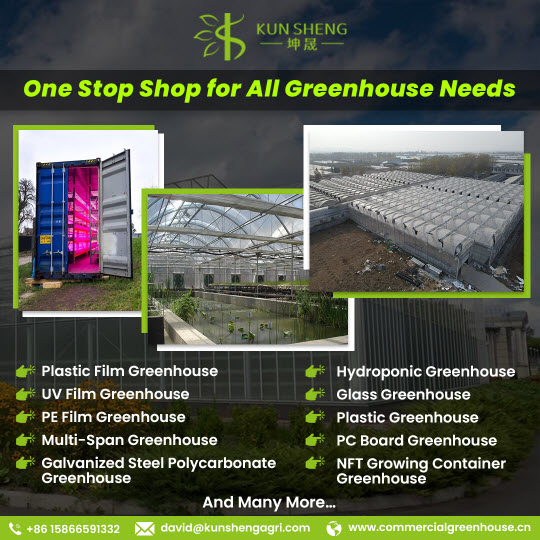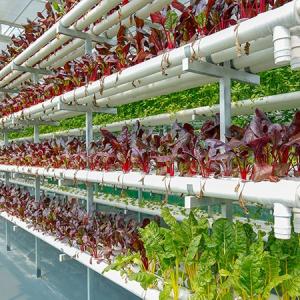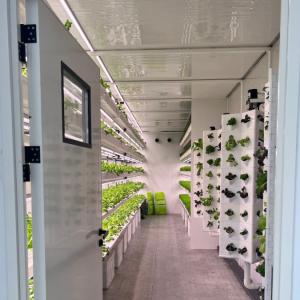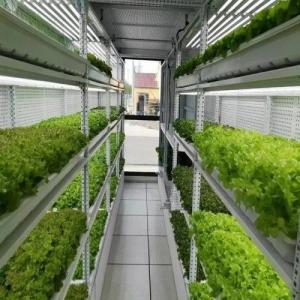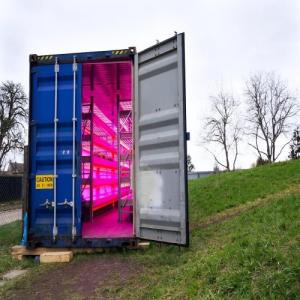Galvanized Steel vs. Traditional Greenhouse Materials: A Comparative Study
When it comes to greenhouse construction, choosing the right materials can significantly impact the longevity, cost-effectiveness, and environmental sustainability of the structure. While there are various materials available, one that stands out in many aspects is galvanized steel. In this comparative study, we will examine the advantages of galvanized steel greenhouses in comparison to those made from traditional materials.
Introduction: The Importance of Greenhouses
Greenhouses play a crucial role in modern agriculture, enabling year-round cultivation, protection from adverse weather, and controlled environments for optimal plant growth. The choice of materials in greenhouse construction directly impacts its functionality and efficiency.
The Role of Materials in Greenhouse Construction
Traditionally, greenhouses have been constructed using materials such as wood, aluminum, or PVC. However, in recent years, galvanized steel has gained popularity due to its exceptional qualities.
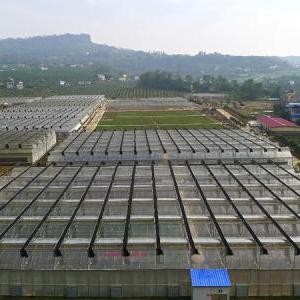
Galvanized Steel: A Robust Choice
Strength and Durability
Galvanized steel is renowned for its strength and durability. The process of galvanization involves coating steel with a layer of zinc, which provides protection against corrosion, rust, and degradation. This results in a greenhouse structure that can withstand harsh weather conditions, including heavy rains, strong winds, and extreme temperatures.
Cost-Effectiveness
While the initial cost of galvanized steel may be slightly higher than some traditional materials, its long-term cost-effectiveness is undeniable. The extended lifespan of a galvanized steel greenhouse means reduced maintenance and replacement costs over time. Additionally, its durability ensures that it can withstand the test of time, making it a wise investment for greenhouse owners.
Eco-Friendly Aspects
Galvanized steel is an environmentally friendly choice for greenhouse construction. Zinc, the primary component of the galvanization process, is a naturally occurring element that is non-toxic and poses no harm to the environment. Furthermore, the longevity of galvanized steel greenhouses reduces the need for frequent replacements, which can generate significant waste in the form of discarded materials.
Comparing Galvanized Steel with Traditional Materials
Strength and Durability
When compared to wood, aluminum, or PVC, galvanized steel outperforms in terms of strength and durability. It can withstand heavy snow loads and strong winds without warping, rotting, or deteriorating. This ensures the safety of plants and the structural integrity of the greenhouse.
Cost-Effectiveness
While galvanized steel may have a higher upfront cost, its long-term cost-effectiveness becomes evident. Wooden greenhouses, for instance, require regular maintenance, painting, and repairs, which can accumulate substantial costs over time. Galvanized steel, on the other hand, requires minimal maintenance and can last for decades.
Eco-Friendly Aspects
In terms of environmental impact, galvanized steel is a sustainable choice. Its durability reduces the need for replacements, conserving resources and minimizing waste. Additionally, the zinc coating used in galvanization is fully recyclable, further reducing its environmental footprint.
Conclusion: The Future of Greenhouse Construction
In the realm of greenhouse construction, the choice of materials is pivotal. Galvanized steel stands as a superior option due to its unmatched strength, durability, cost-effectiveness, and eco-friendly attributes. While traditional materials have their merits, the long-term benefits of galvanized steel make it a forward-looking choice for those seeking to build sustainable and resilient greenhouses.
As the agriculture industry continues to evolve, embracing materials like galvanized steel is a step toward more efficient, environmentally conscious, and economically viable greenhouse construction practices.
